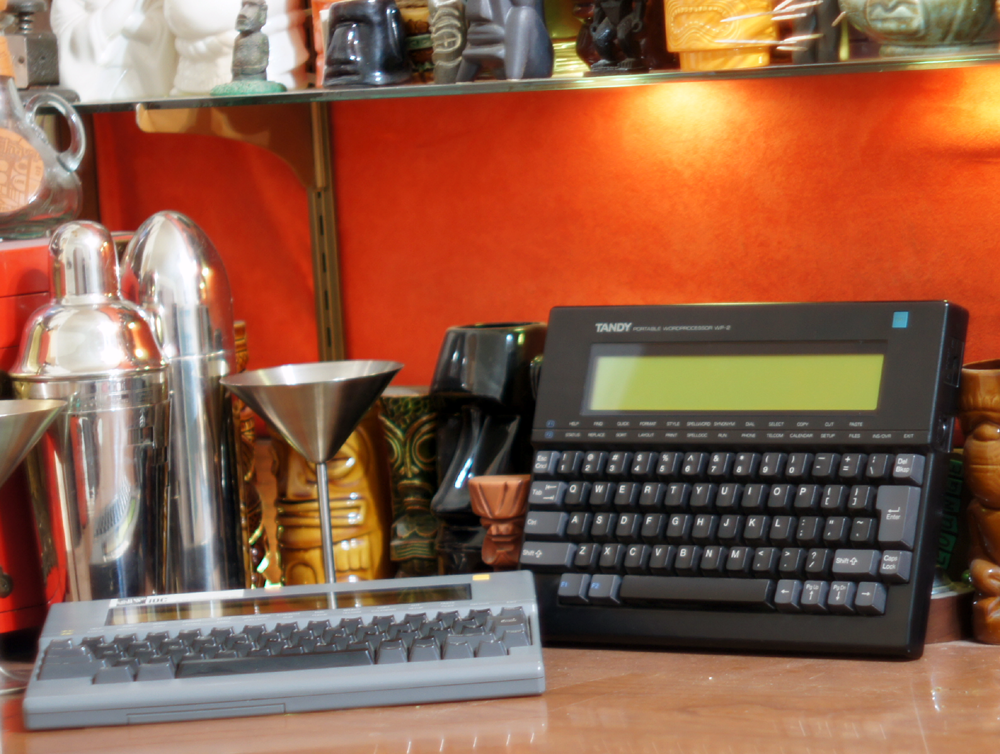
Weapon of Choice: 1989 NTS WP-10C (with my Tandy WP-2)
While I am normally a typewriter guy (as might be obvious), I also do have a small collection of the transitional electronic writing laptops of the 80’s and 90’s. Luckily, this is a collecting niche that takes up very little room (my entire collection takes up one single bookshelf slot) and is pretty inexpensive to pursue.
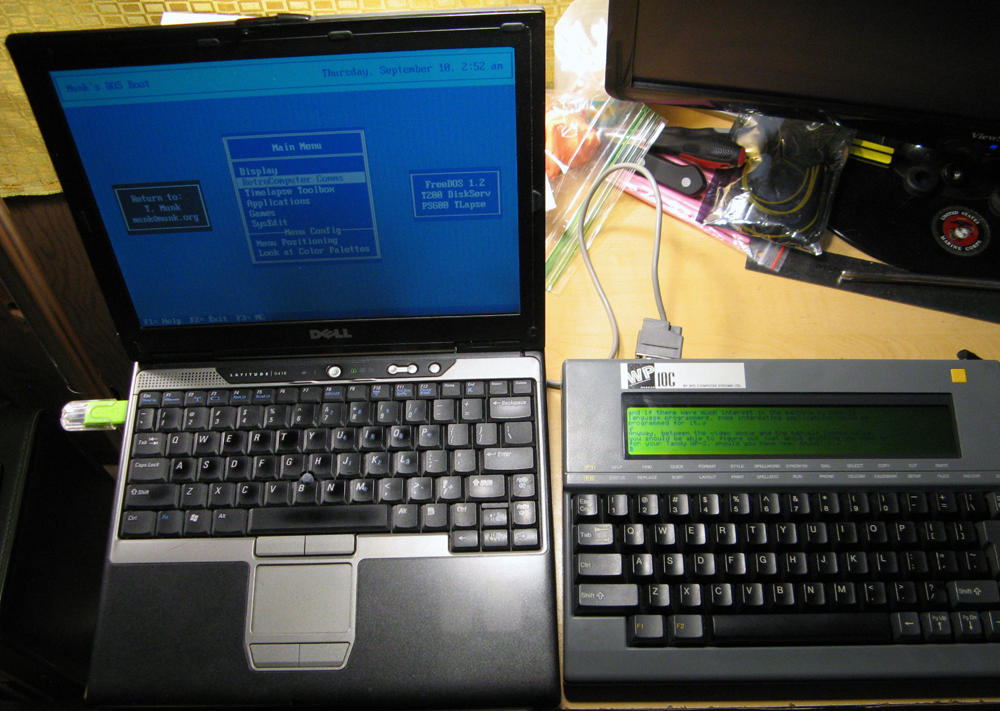
WP-10C connected to my Dell Latitude D410 running the old DOSBoot system on USB Stick that I’ve been maintaining and fiddling with for most of the 21st Century. I never saw a need to upgrade from the old DOS DeskLink for my TPDD2 emulation needs.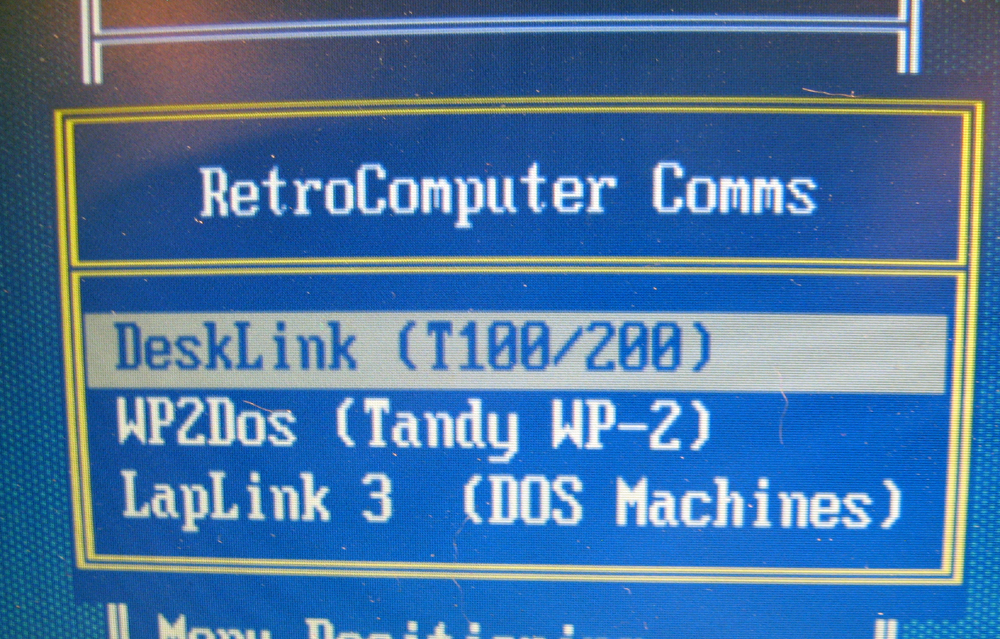
In my collection are a Tandy WP-2 and an NTS WP-10C, which is another, much rarer branding of the same Citizen word processing slate, identical except for shell color and memory size. I have to admit that it’s been some years since I pulled either off of the shelf to do any typing, so when I saw that Tech Tangents had released a video reviewing the WP-2 for #SepTandy (Tandy September Appreciation Month), I of course had to check it out.
Of course, this inspired me to pull down my own WP (typing on the 10C right now), put in some batteries and tickle the keys a bit. While the WP is certainly not the first machine I reach for when wanting to type something up on the wander (the Alphasmart Neo usually gets that honor, just due to battery life and ease of getting the text off it), it is certainly still a viable wanderslate. Battery life is good at about 20 hours, and the screen size and amount of text you can get on the screen is somewhere between a Neo and an Alphasmart Dana (closer to the Dana). The most annoying thing about the WP is that it drains the batteries while powered off, like the Dana and unlike the Neo, so if you leave it alone for too long, the storage memory will be wiped and you’ll have a set of dead batteries to replace.
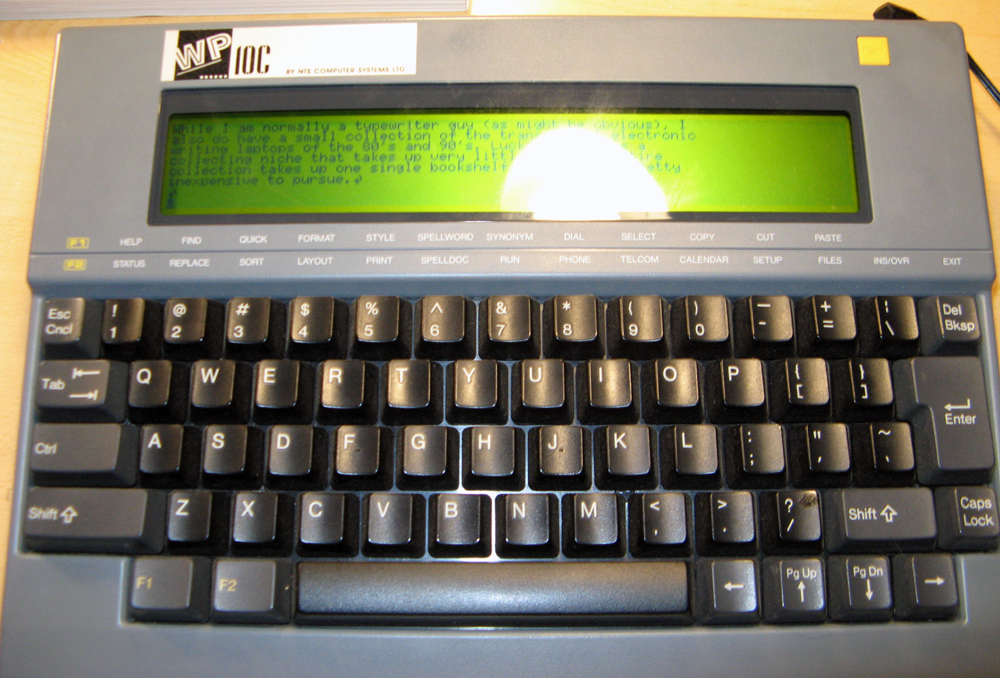
Speaking of batteries, that weird CR2430 battery that Tech Tangents mentions in his video can not only be substituted by the far more common CR2032 as he did, but also with just about any 3v coin cell you can get to fit in the compartment. I used a CR2330 that I happened to have a pack of, which are a bit larger than a CR2032, but a bit smaller than a CR2430. They fit fine without any bendy work or padding.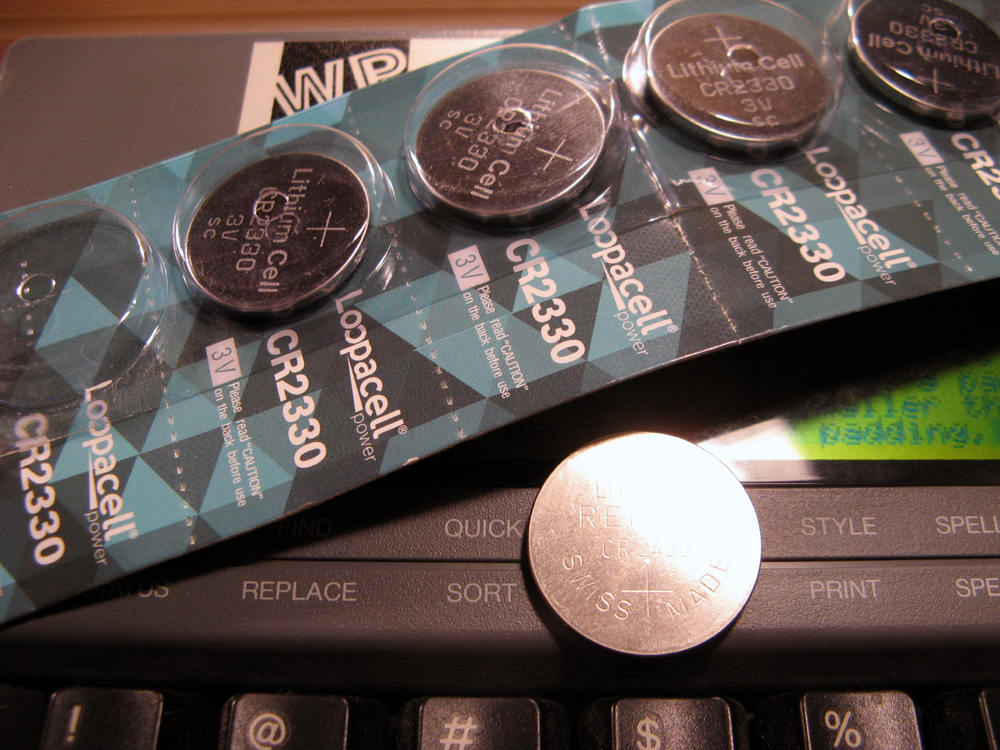
Another thing you might have caught from the Tech Tangents video is that the User Manual for the WP-2 is not yet available online. Well, it just so happened that I had one that came with my WP-2, and my scanner was already warm from scanning mechanical calculator service manuals, so into the scan pile it went. At 160 pages, the WP manual is pretty hefty for such a simple machine, but gives a clue that the machine isn’t quite as simple as one might think. It does actually support simple ASCII-style graphics, for instance, and I have read that one fella actually wrote an Infocom game parser that runs on the WP-2. It has hidden depth, and if there were much interest in the machine by machine language programmers, some interesting applications could be programmed for it.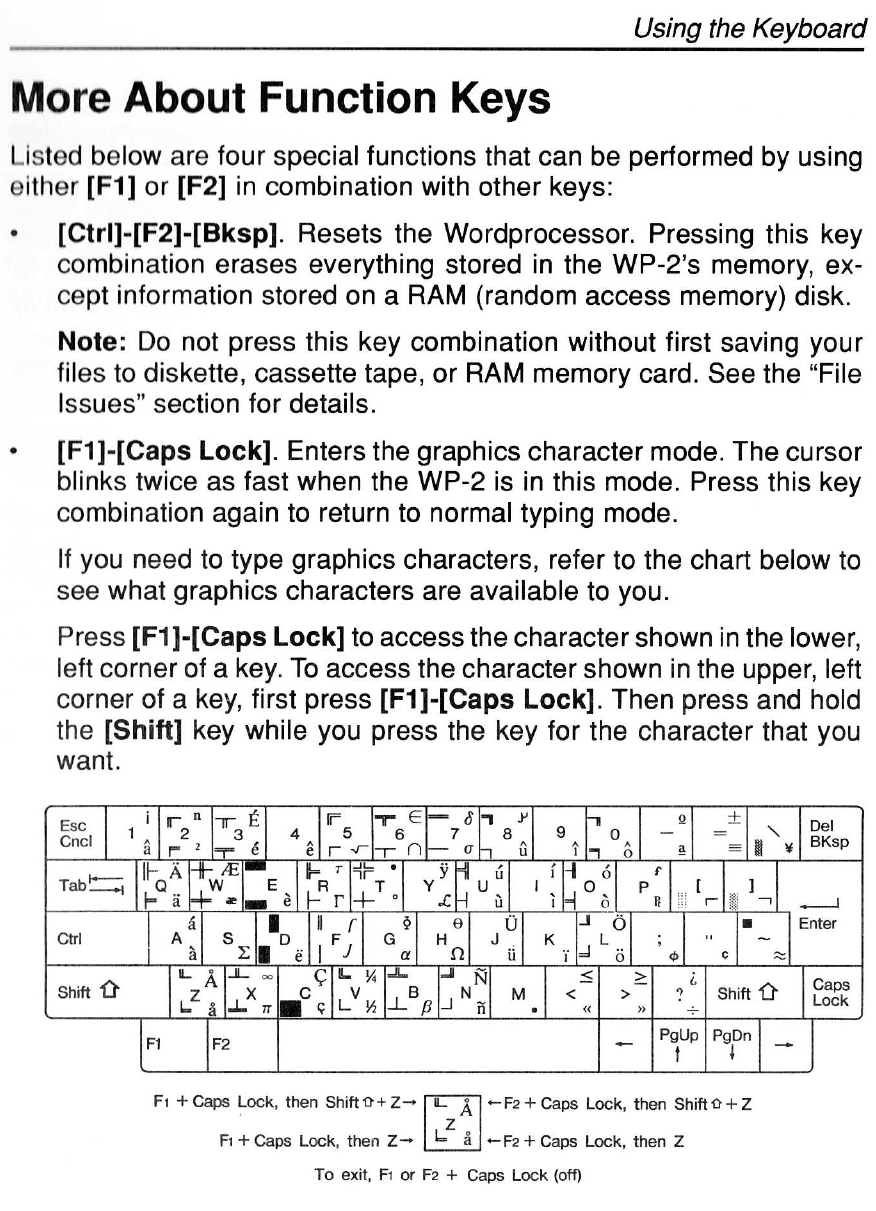
This machine wasn’t yet far enough removed from typewriters, so it still made sense to compare it to typewriters in the manual, to help users comprehend the transition.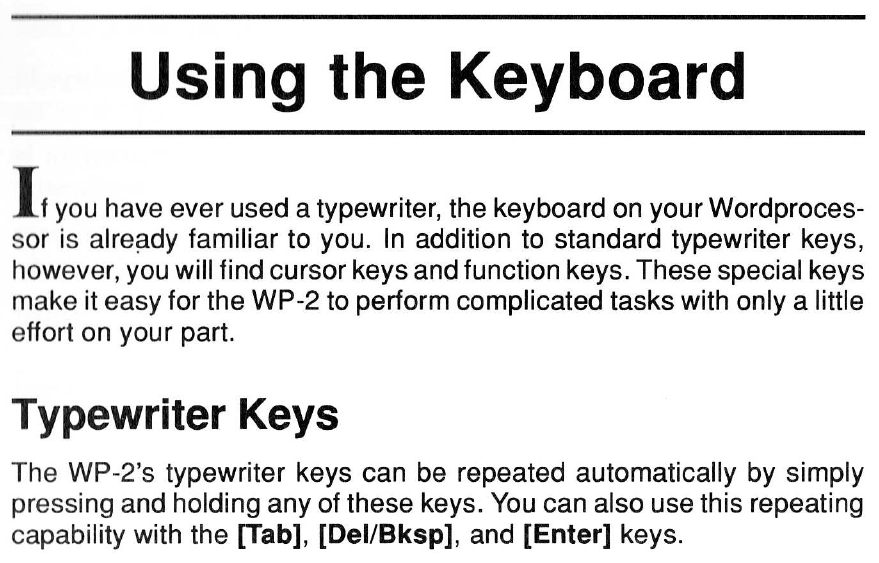
Amusing quote at the beginning of the user manual. Sort of sends a mixed message actually being in a word processor user manual, though.
Anyway, between the video above and the manuals linked below, you should be able to figure out just about anything you need to for your Tandy WP-2, should you have one. Click on the title or cover to download a high-resolution PDF. Enjoy! (:
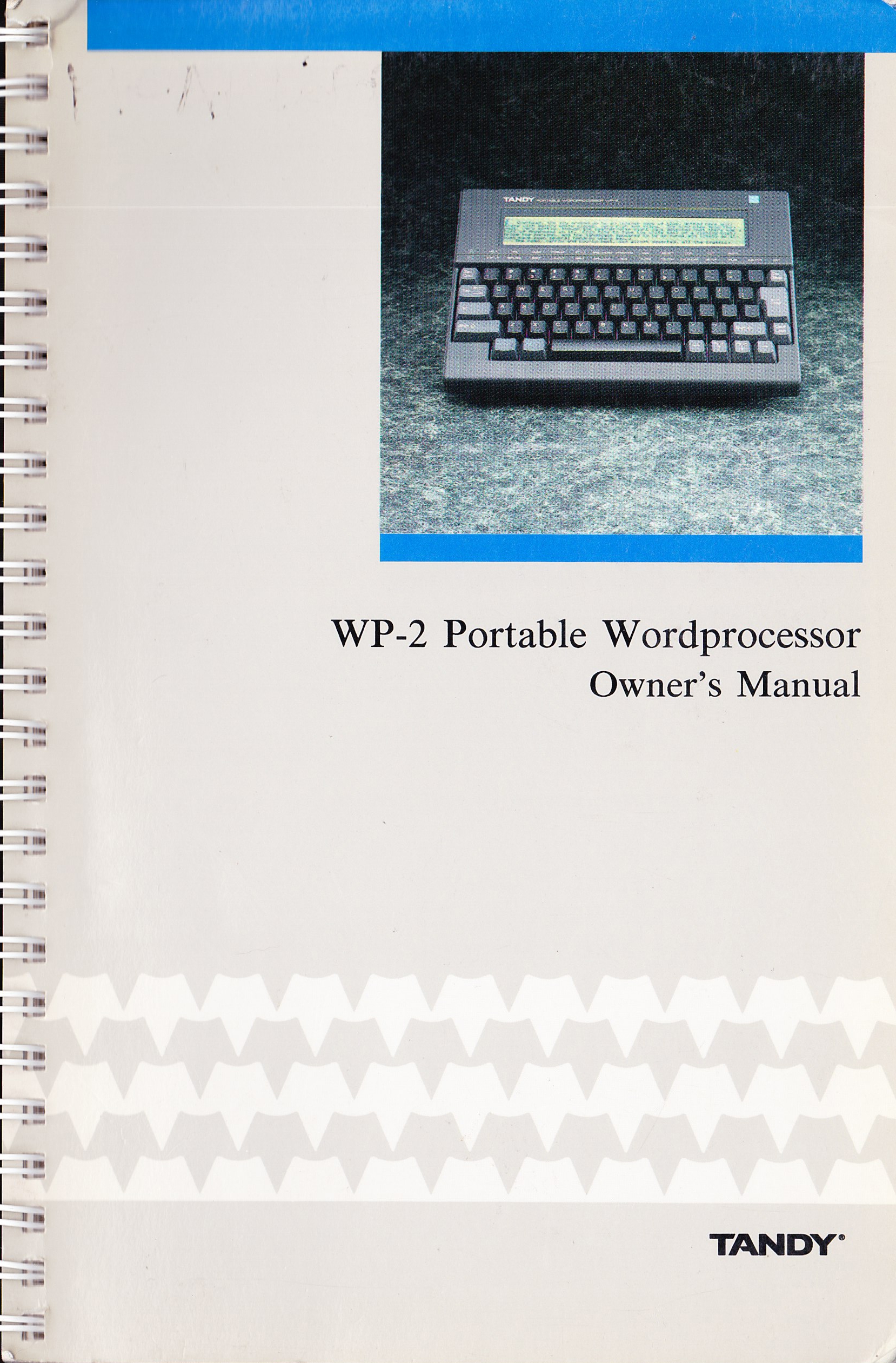
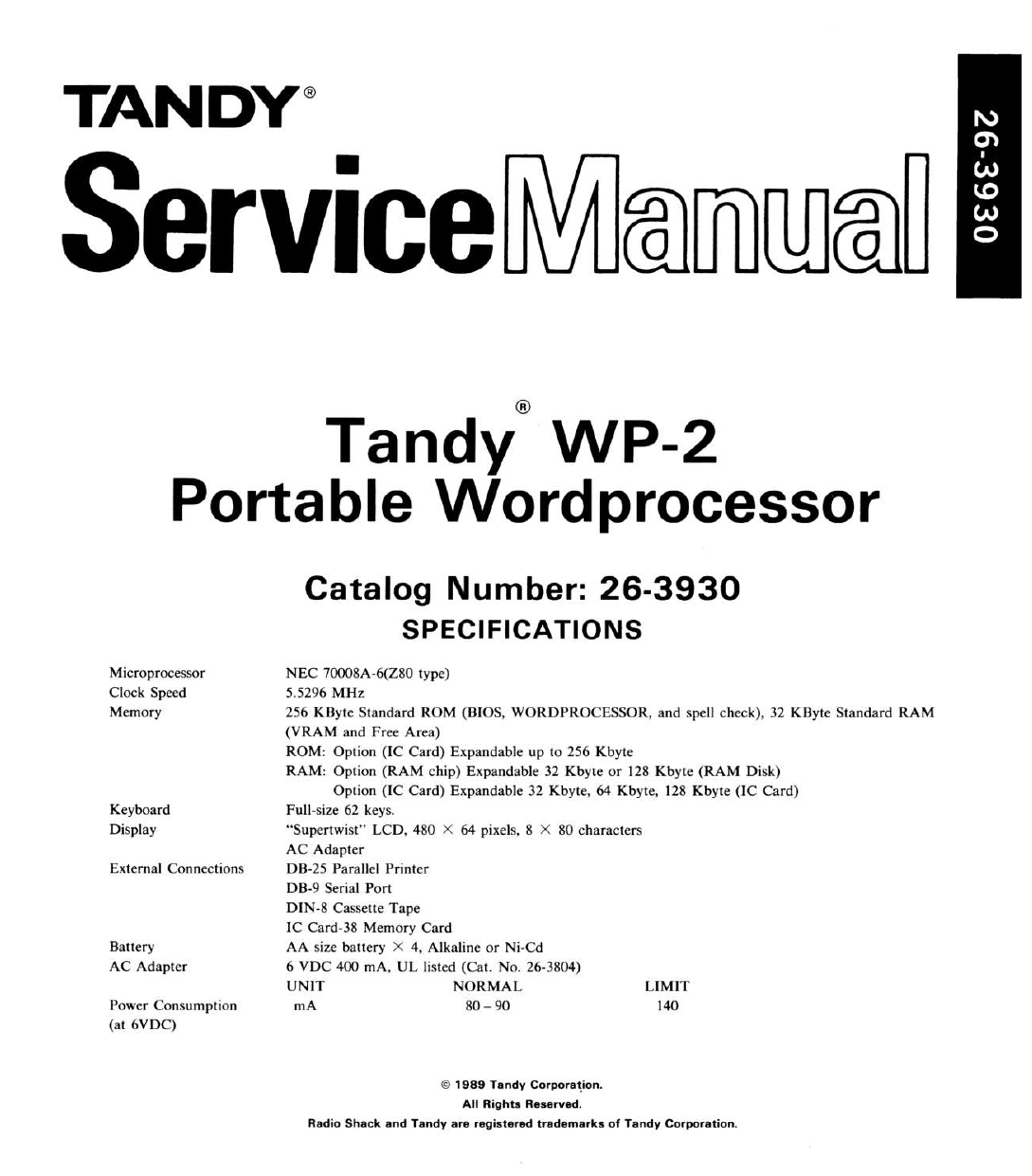
Very cool. I’m about to drop a video about The Writer Plus, a Neo-like text editor keyboard made by Advanced Keyboard Technology (now defunct) for the educational market. Unfortunately it uses an IR link to send files, and neither my Mac nor my older WinXP netbook will detect the USB output from an IR-to-USB receiver I got.
Interesting – I’ve never heard of that particular wanderslate. so no non-IR ports for file transfer at all? That’ll be a curious nut to crack. have you tried linking it to the IR on your Alphasmart, or is that barking up the wrong tree because they’re both client IR? Looking forward to your review of it (: